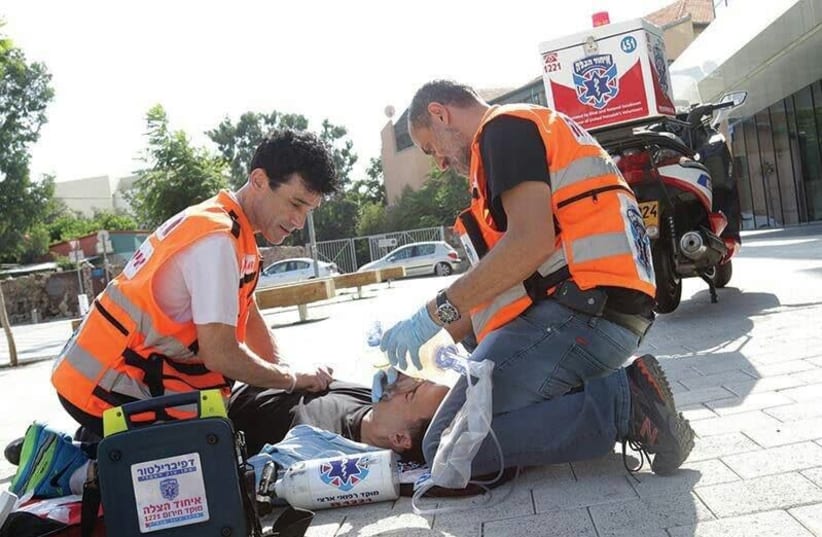New findings set to be presented at the Euroanaesthesia Congress in Milan, Italy between June 4 and 6 demonstrate the feasibility of mouth-to-mouth ventilation while wearing a face mask to reduce the spread of COVID-19.
How was CPR done during COVID?
In mouth-to-mouth ventilation, a rescuer presses their mouth against the mouth of the patient and blows air into their lungs. In addition to chest compressions, mouth-to-mouth is part of cardiopulmonary resuscitation (CPR) and is an essential function of basic life support.
During the early stages of the COVID-19 pandemic, CPR training was limited in the Czech Republic and other countries to only chest compressions or bag-mask ventilation, in which a self-inflating bag is used instead of the mouth to fill the patient's lungs with air, in order to reduce the risk of transmitting the disease.
Although this allowed first responders to receive adequate training in CPR, most people do not have access to the necessary equipment and still need to learn mouth-to-mouth.
“We cannot predict how serious the pandemic will be in the autumn and what the COVID-19 measures will be like then. Using this technique however, we will be able to continue to provide vital training in mouth-to-mouth resuscitation.”
Dr. Vaclav Vafek, Masaryk University Department of Simulation Medicine
Dr. Vaclav Vafek from the Department of Simulation Medicine at the Faculty of Medicine at Masaryk University in Brno, Czech Republic, and his team, however, researched the possibility of mouth-to-mouth ventilation while wearing a mask.
How was the study conducted?
In May 2021, 104 medical students performed mouth-to-mouth while wearing a reusable FFP2 nanofiber respirator for two minutes on three manikins, including two adult-sized manikins and one child-sized manikin.
Observers analyzed each breath and determined that 90% of the breaths were effective, as they caused the manikin's chest to inflate. The researchers also measured the volume of air in one of the adult manikins and the child manikin and found that the volume was optimal in 33% of breaths for the adult manikin and 44% of breaths for the child manikin.
The life-saving findings
“Mouth-to-mouth ventilation through a breathable respirator was effective more than 90% of the time, enabling its use in high quality basic life support training during the pandemic,” the researchers commented.
Vafek added that he and his team had “successfully used respirators in first aid exercises in our medicine and dentistry undergraduate programmes.”
“We cannot predict how serious the pandemic will be in the autumn and what the COVID-19 measures will be like then,” he said. “Using this technique however, we will be able to continue to provide vital training in mouth-to-mouth resuscitation.”

